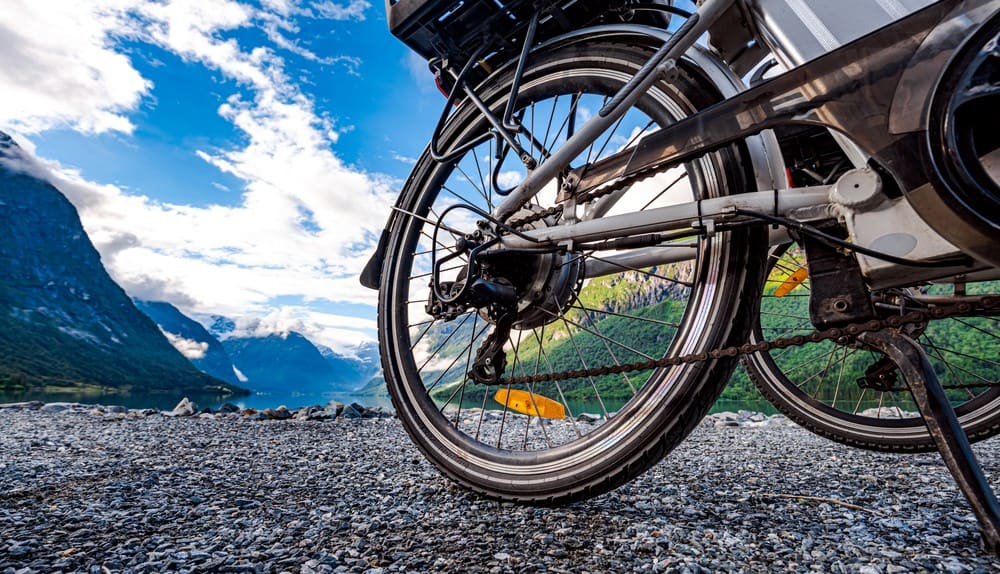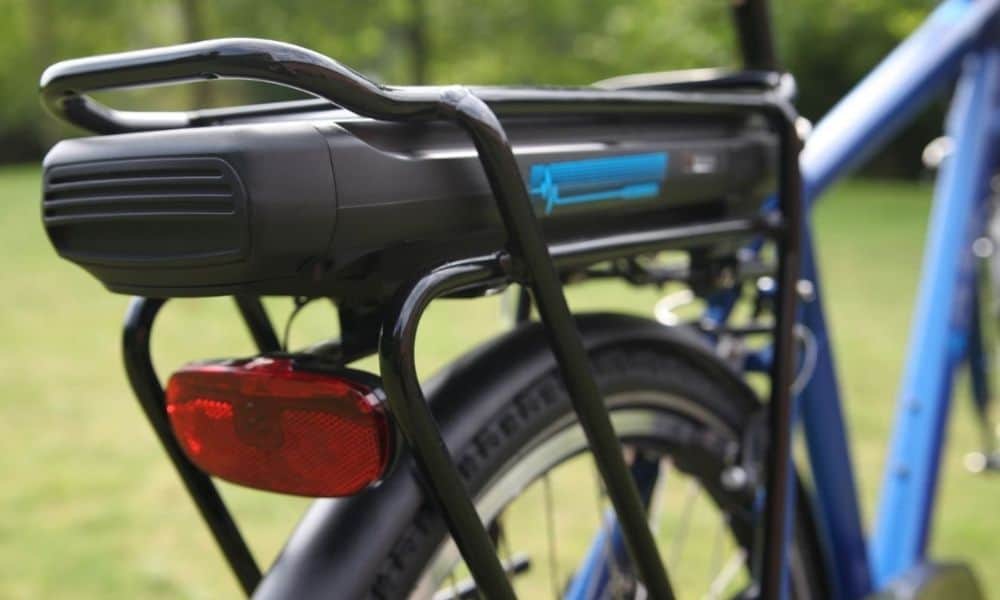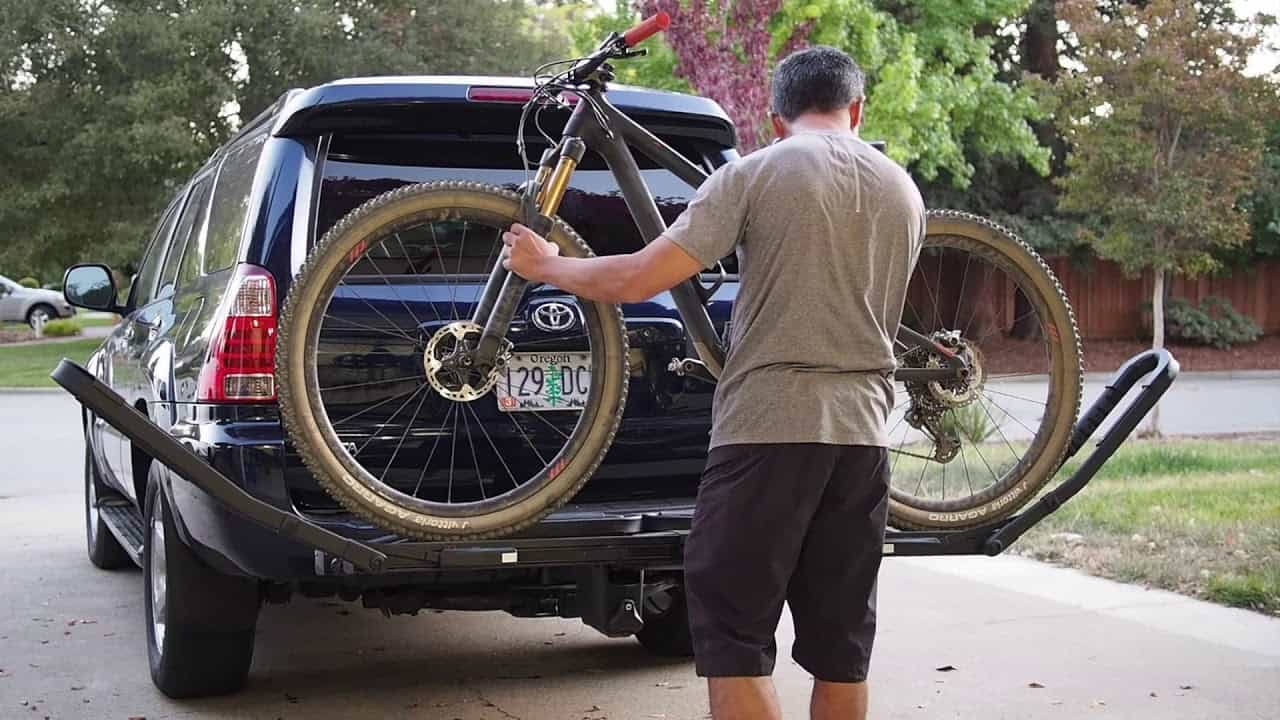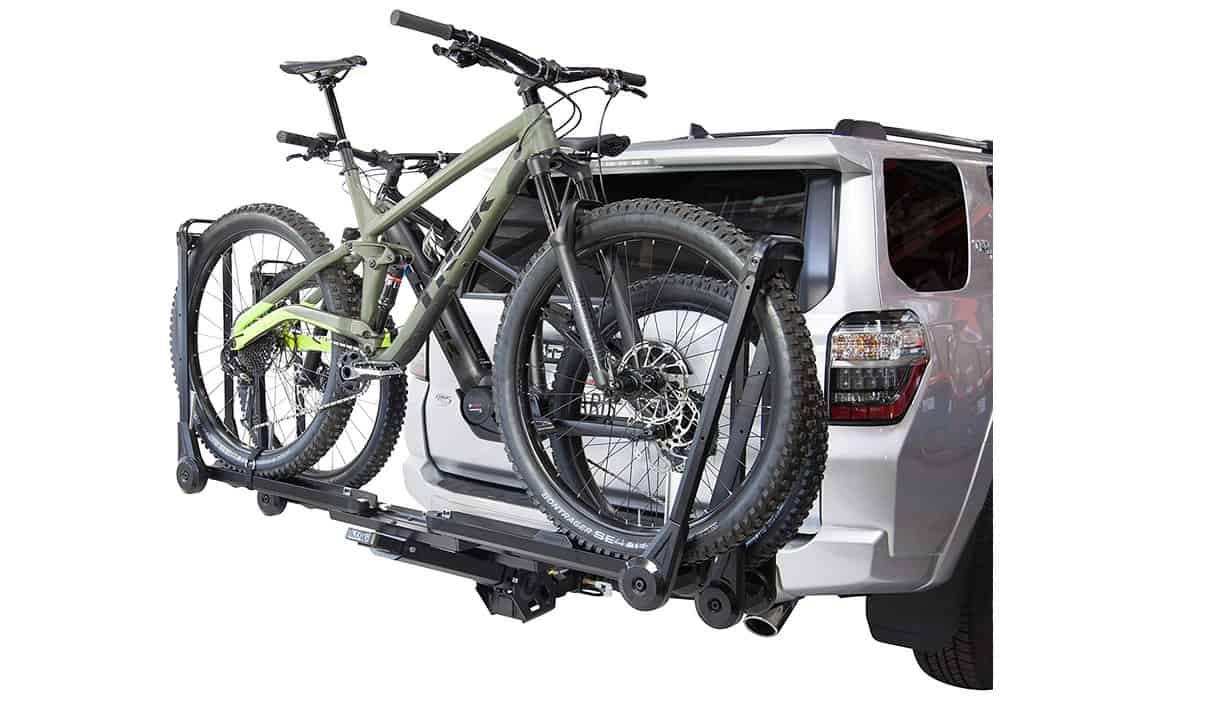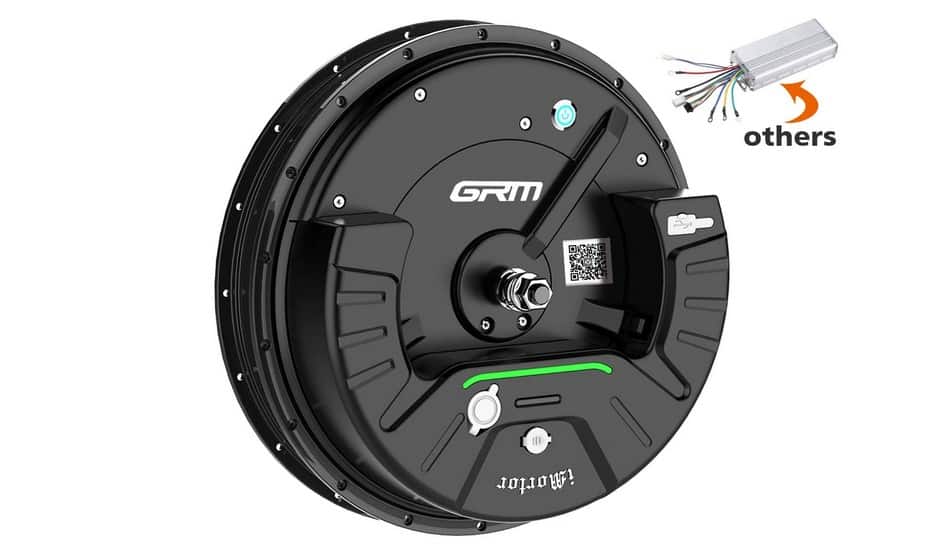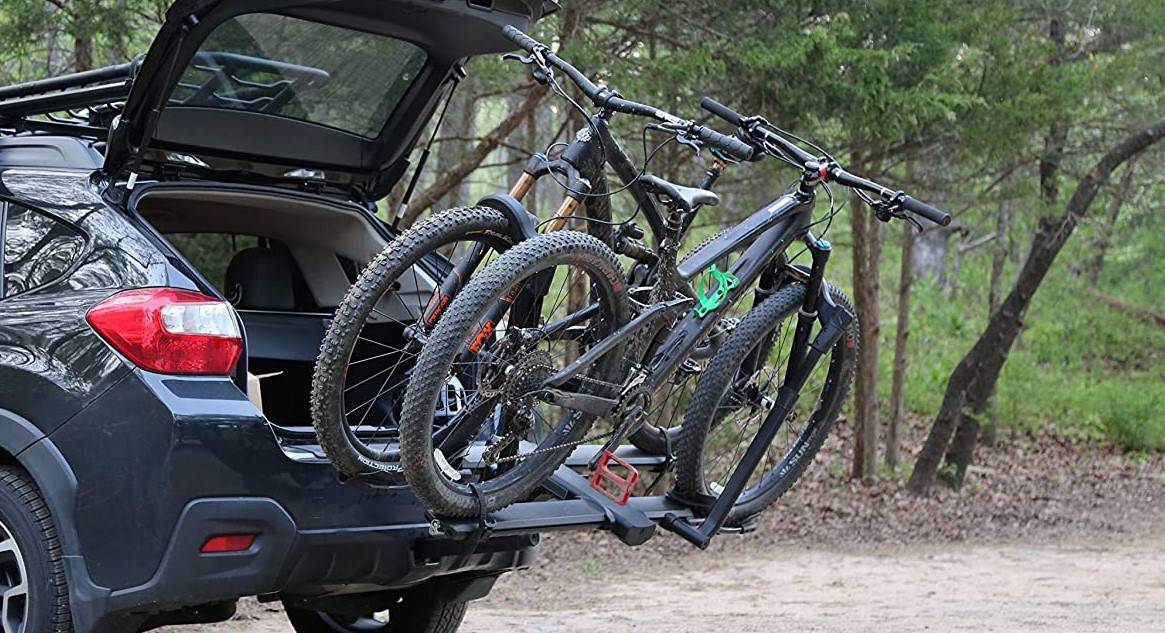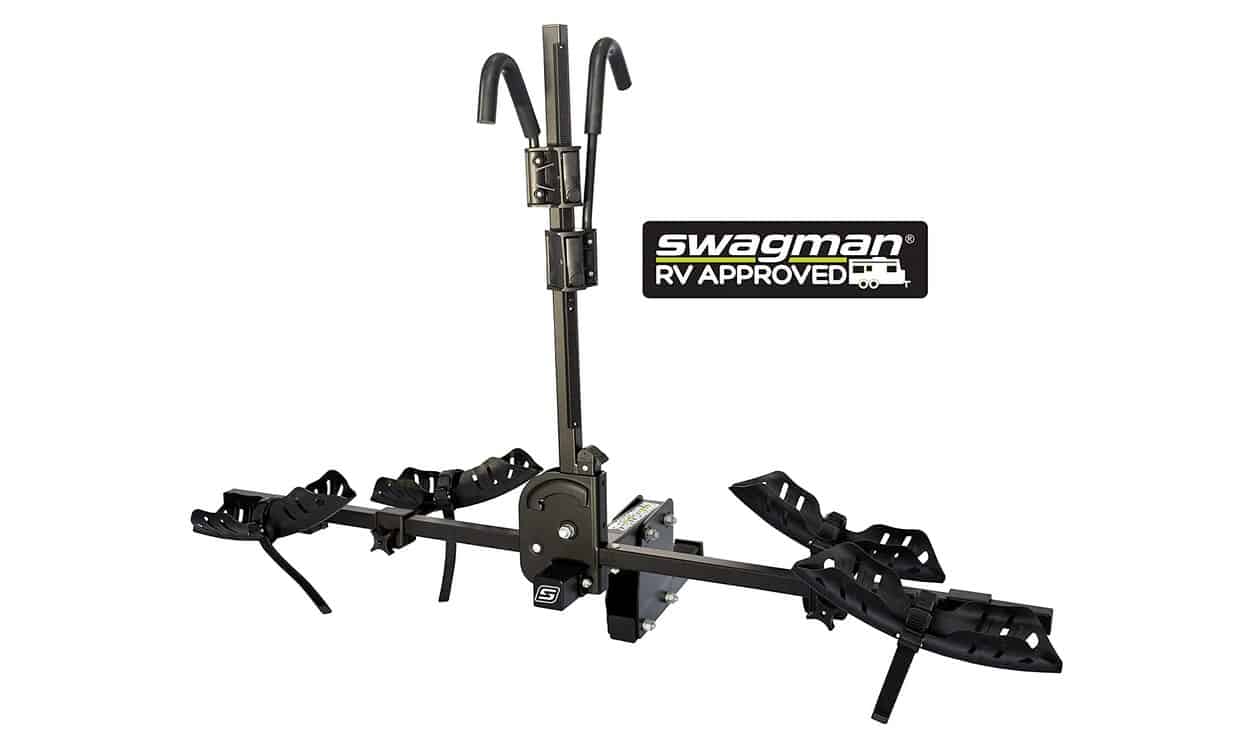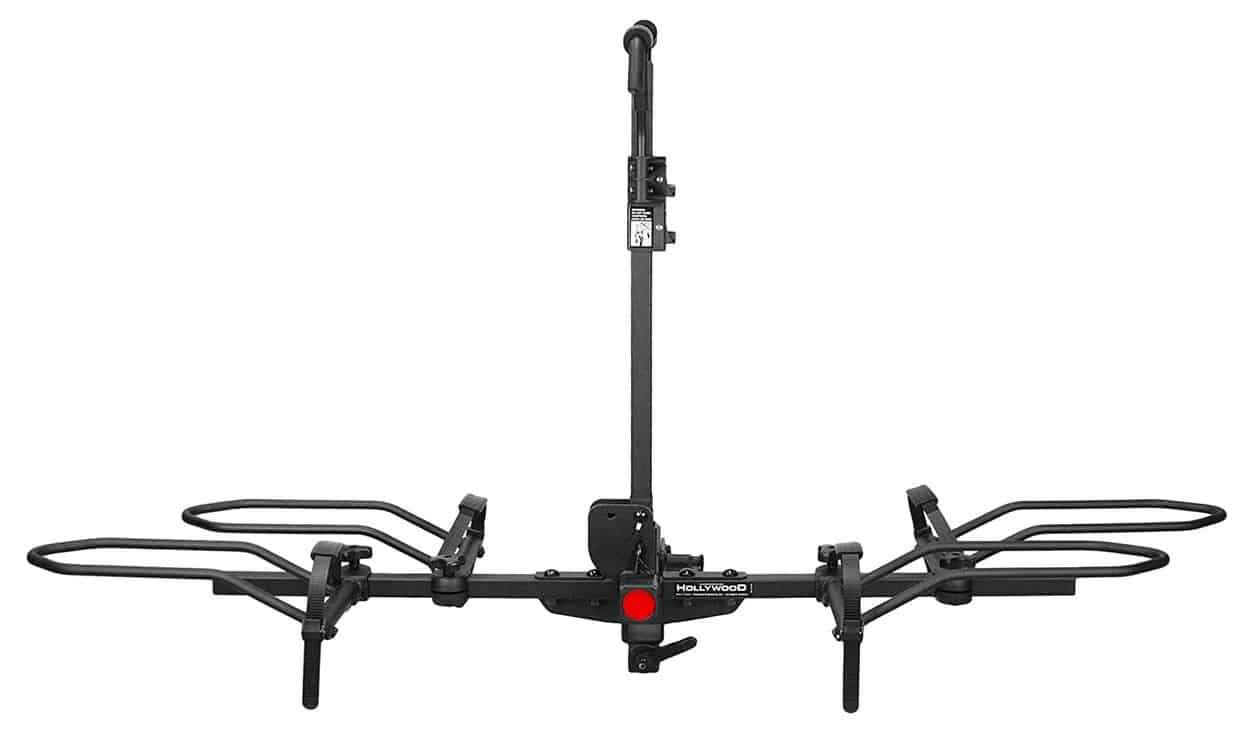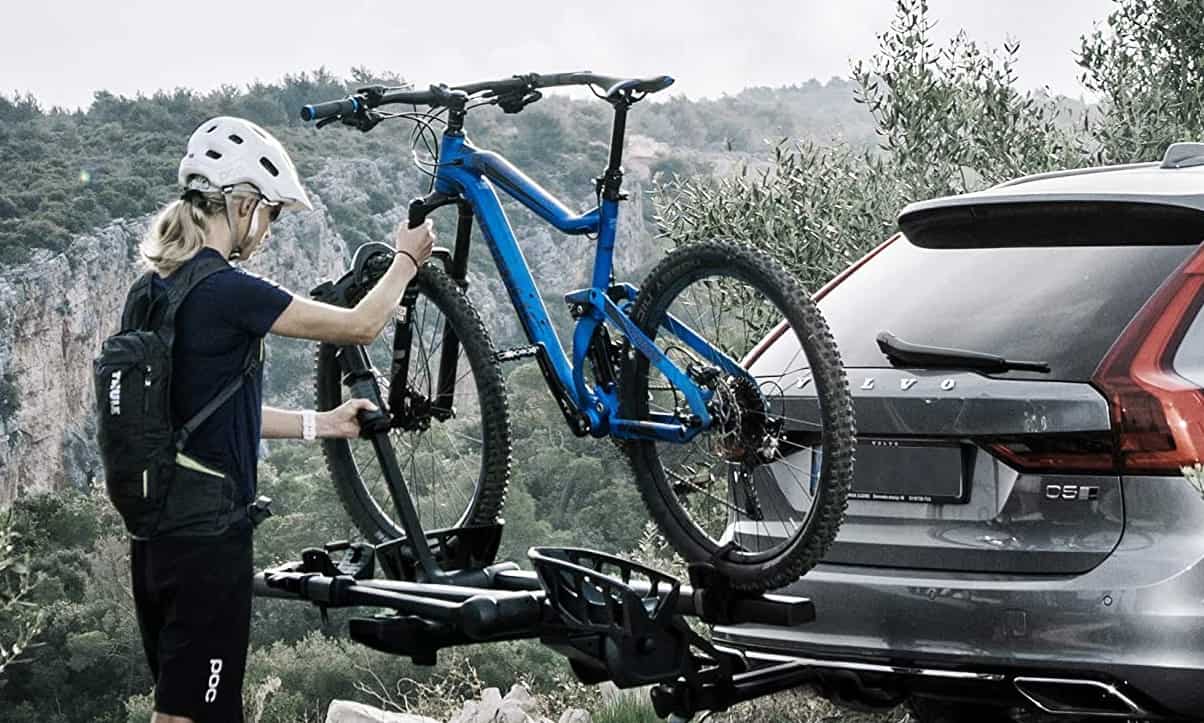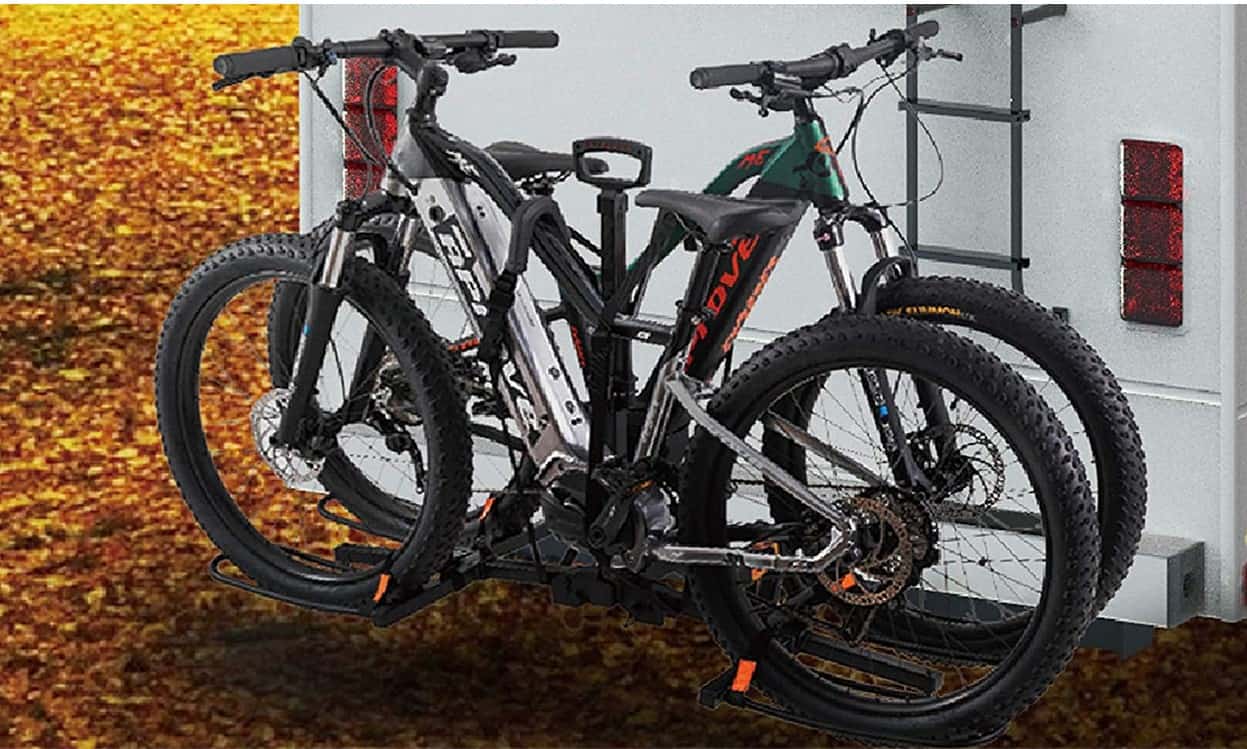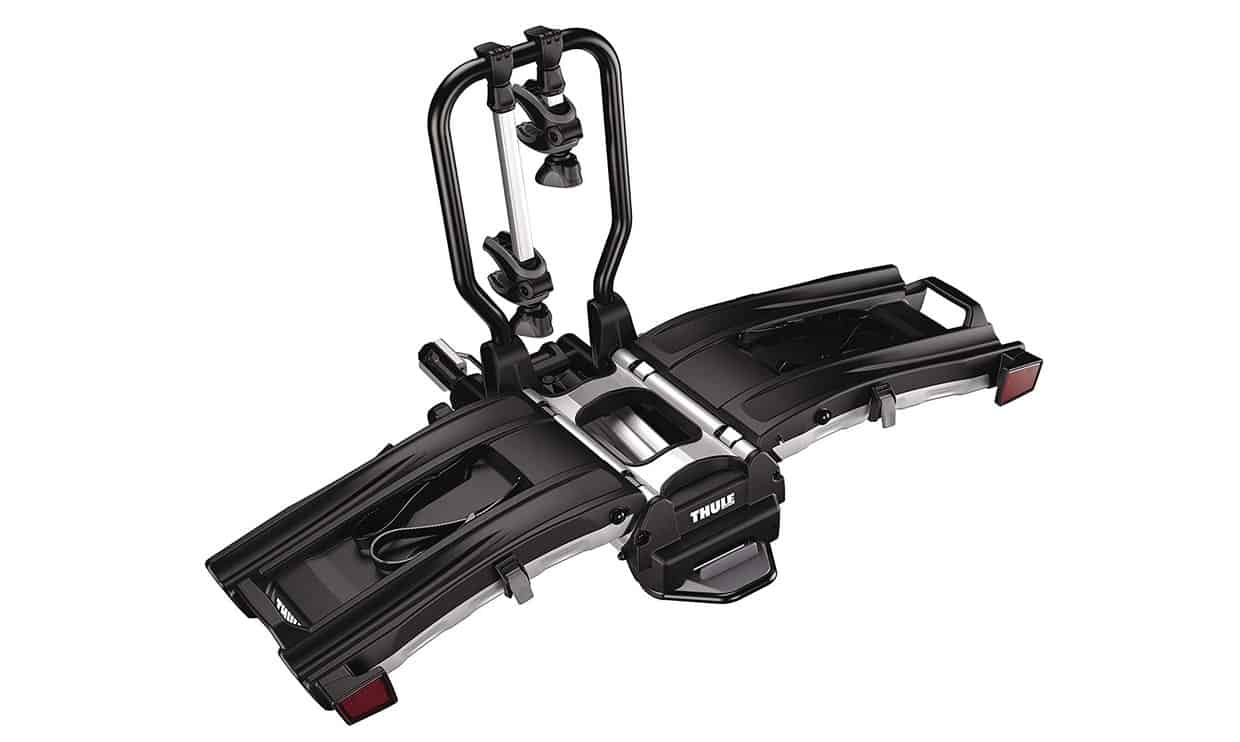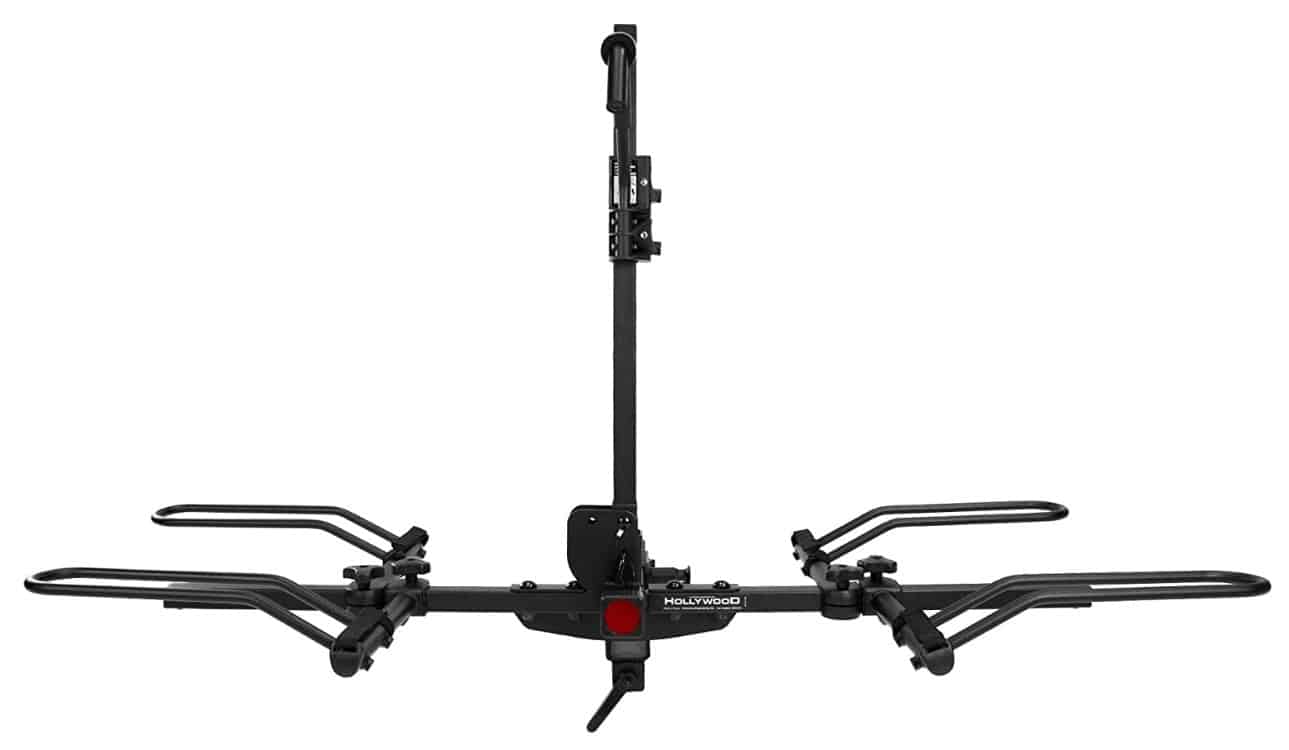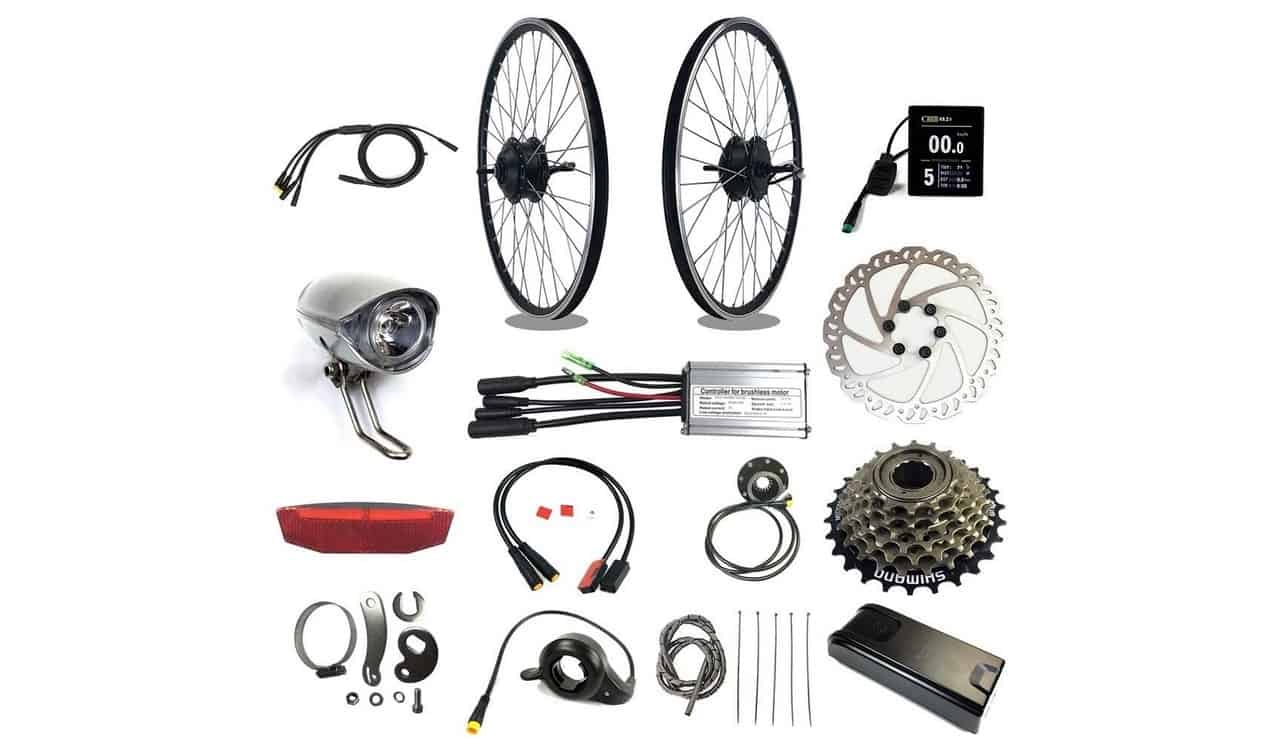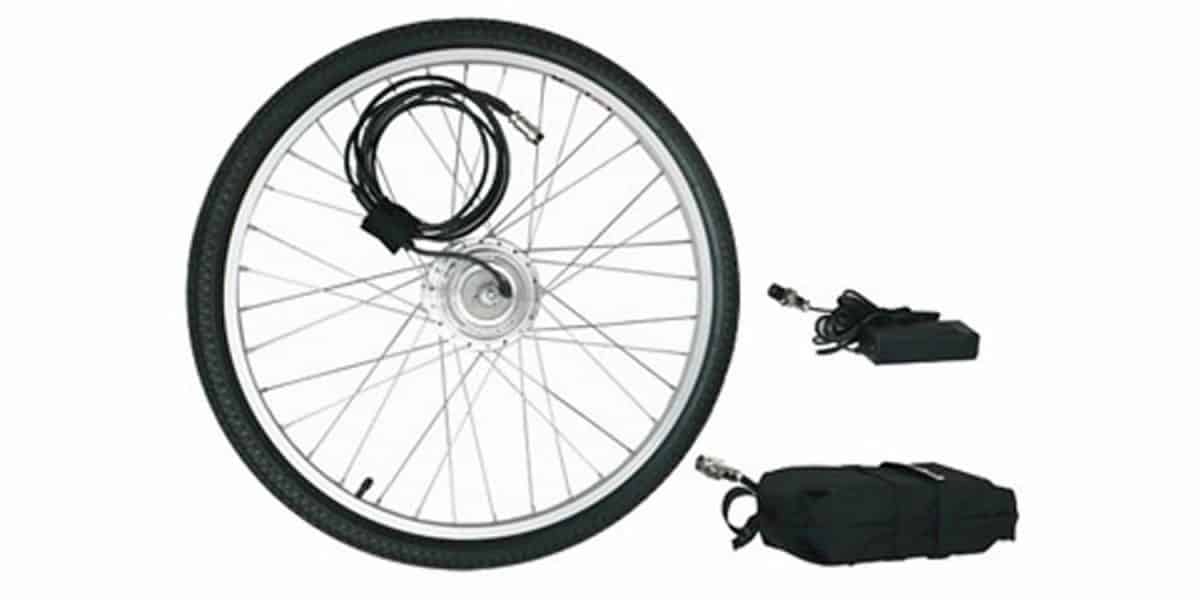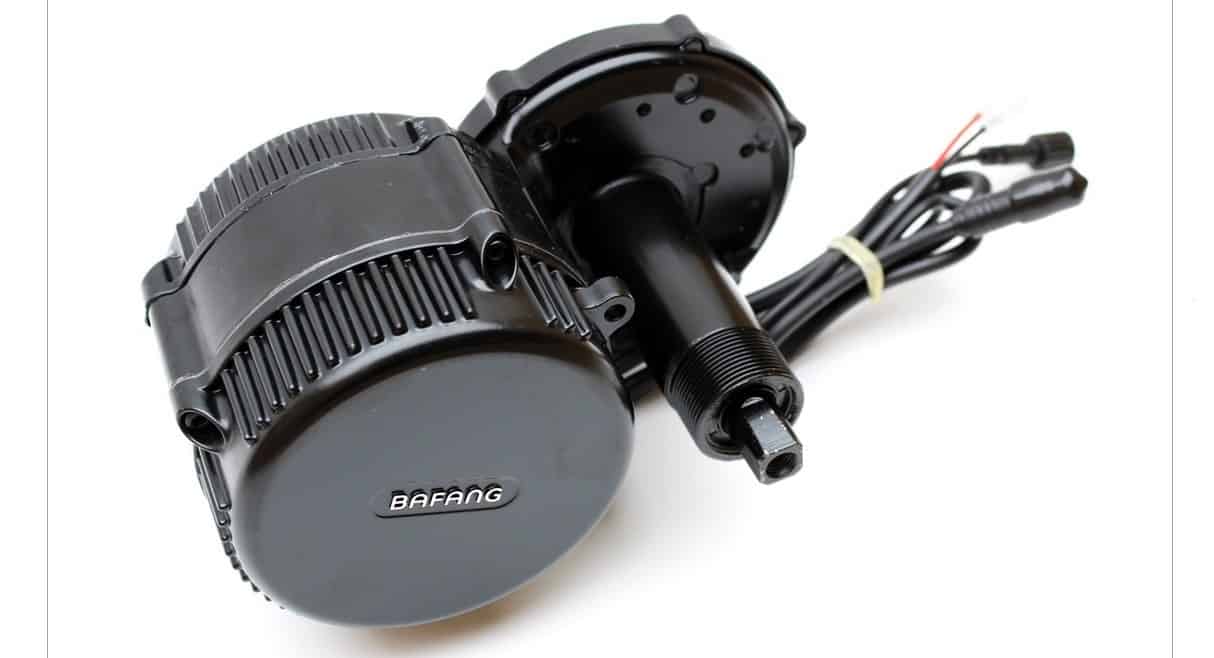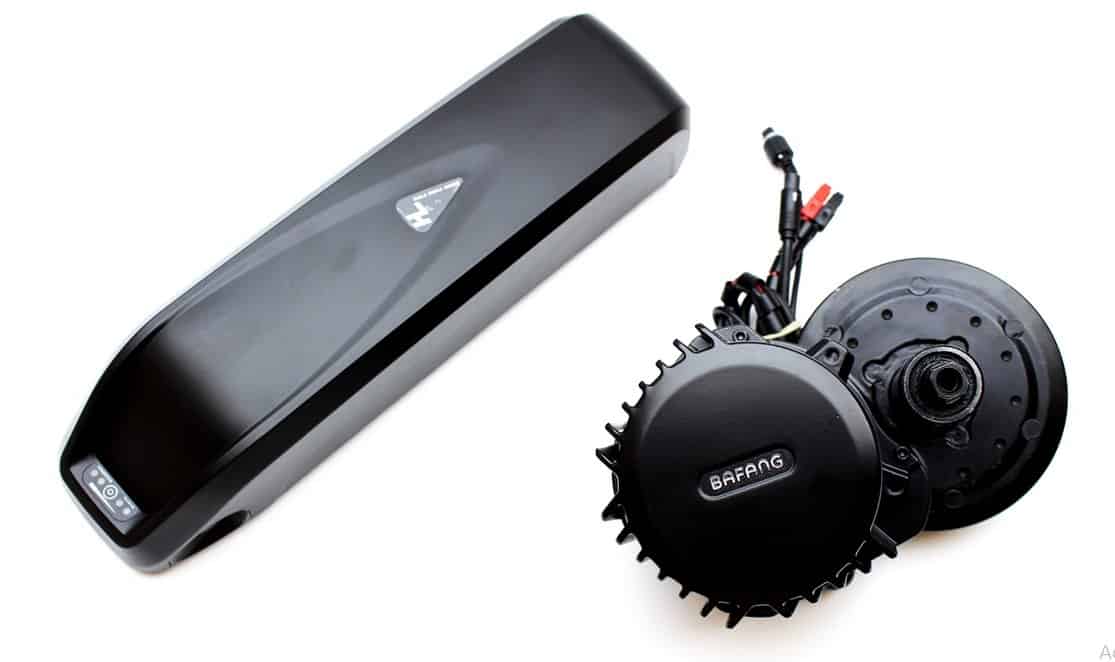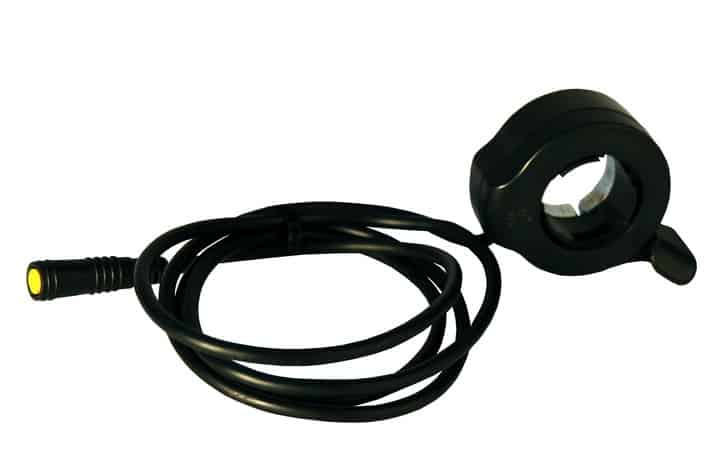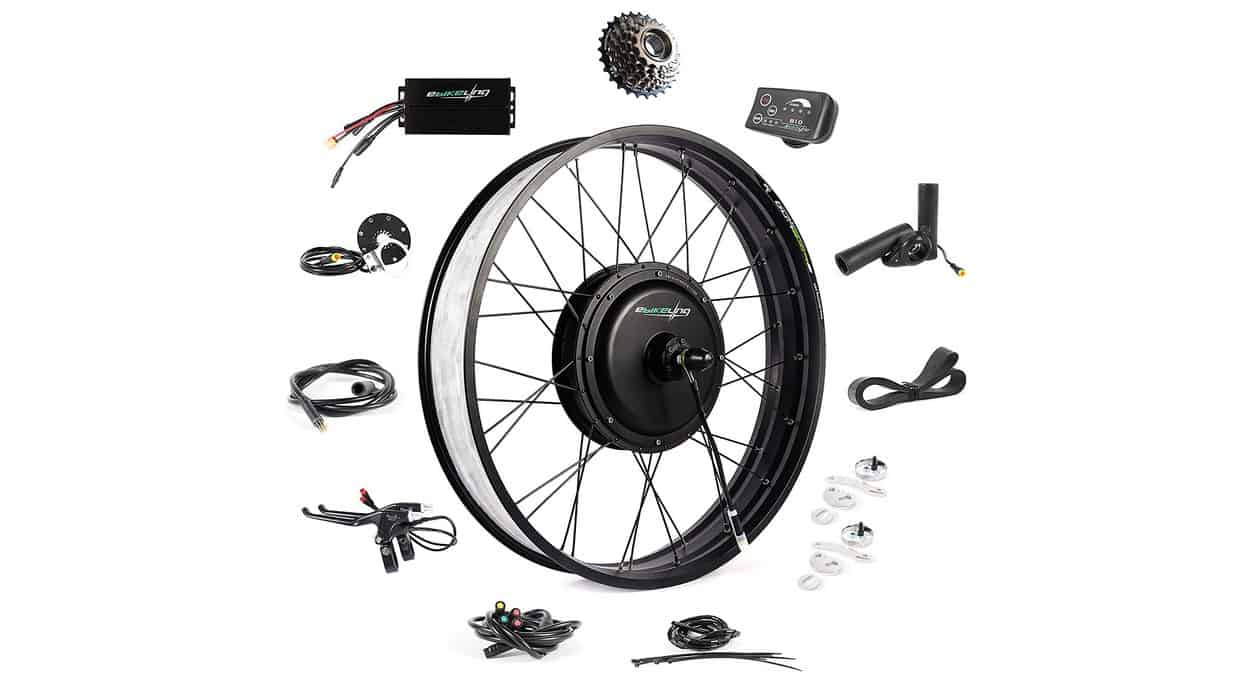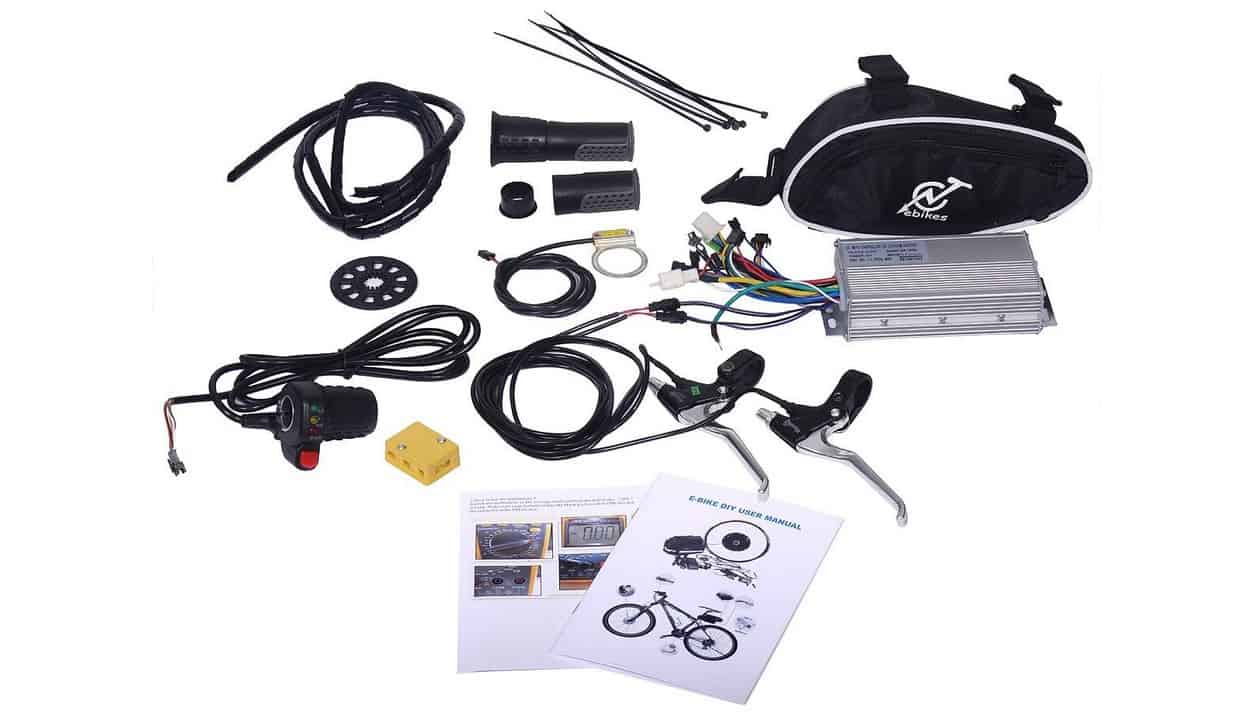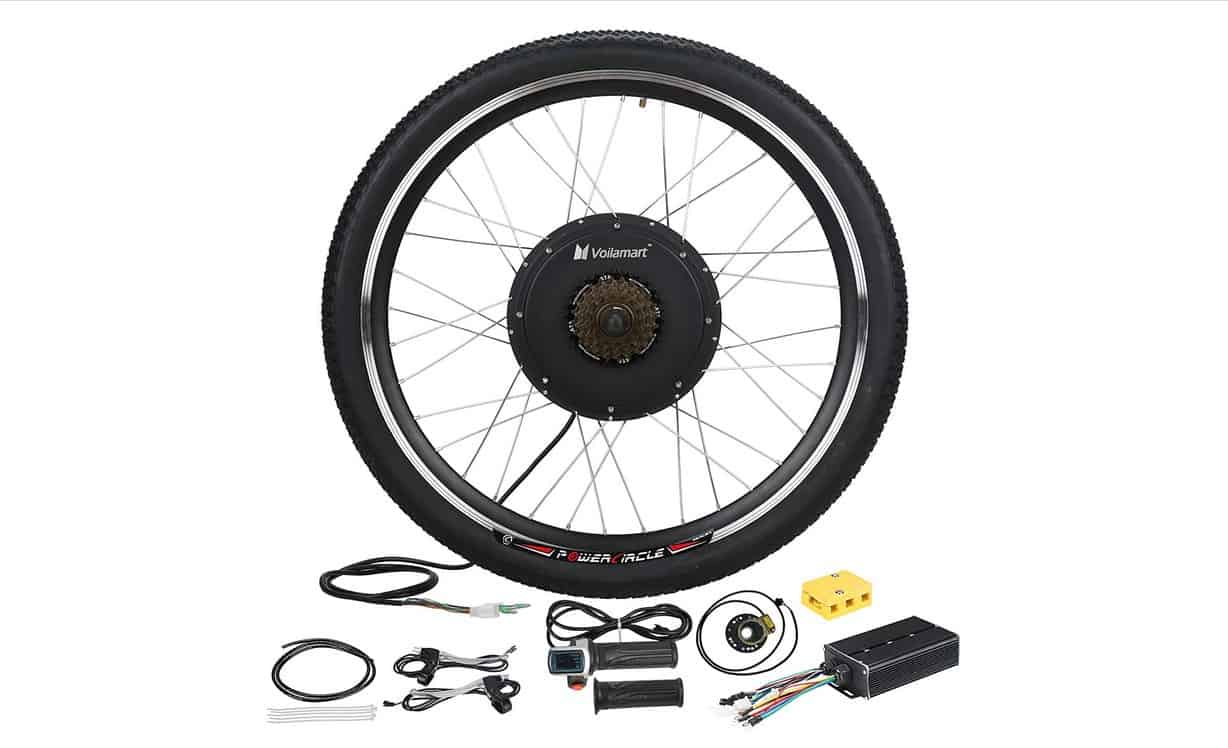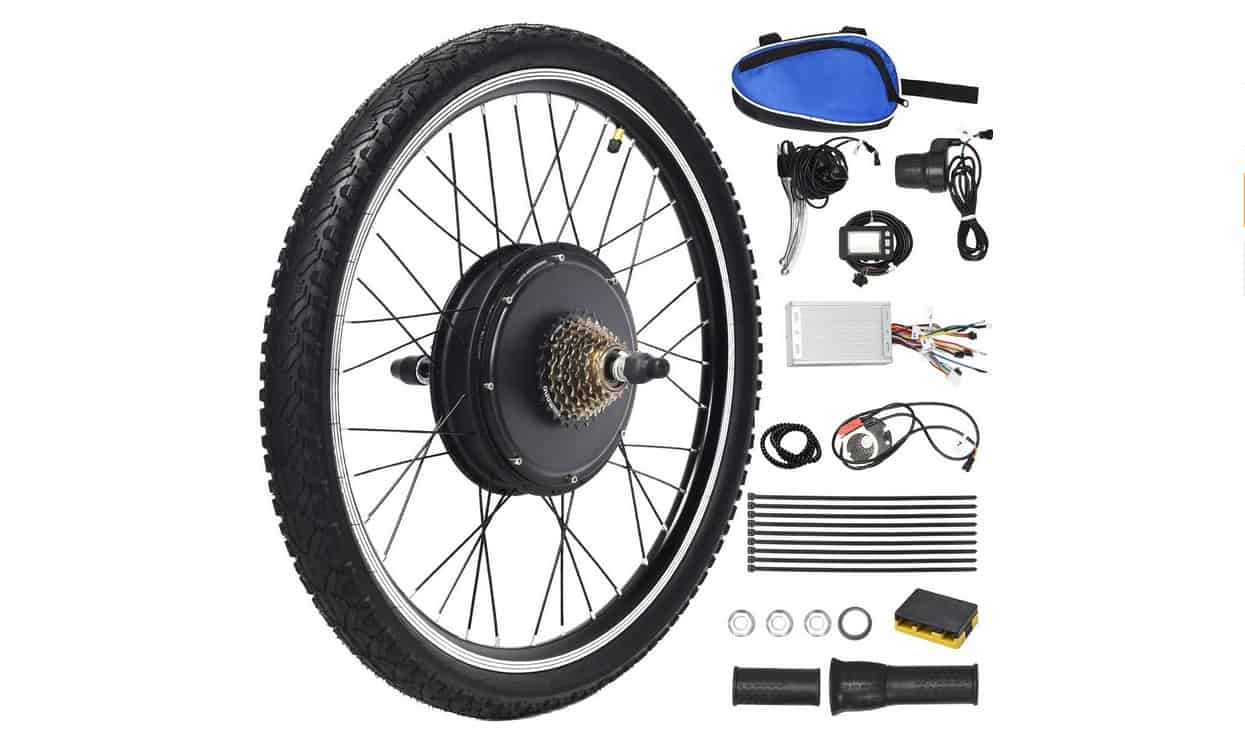Electric bike motors primarily come in two varieties- direct drive vs geared motor. Both have their advantages, mostly concerning weight, battery efficiency, and overall horsepower, and knowing the differences will help you choose the best e-bike for your needs. If you’re trying to decide between a mid-drive motor vs wheel hub design or you can find plenty of information here.
KEY TAKEAWAYS:
- A direct drive motor offers a quiet ride with higher top speeds.
- Geared motors provide longer rides per charge and more torque.
- Direct drive motors are large and heavy and are harder to foot pedal with, while geared motors are small and easier to pedal without power, but are far noisier.
Geared and Direct Drive Motors
Direct drive motors or direct-drive hub motors are large, gearless hub motors that use magnetic force inside a copper winding coil to conduct power through the motor, while geared motors or geared hub motors function via a set of planetary gears (or Planetary Gear Reduction System) that control speed.
Insider Tip
Geared motors are small and light, decreasing their drag and providing an increase in ride times per full charge.
Geared motors are noisier, but smaller than direct-drive motors, and highly efficient, allowing for easy foot pedaling without affecting torque. Both types of hub motors can come in either front or rear wheel configuration. Much like the differences between a conversion kit brush vs brushless motor, whether these features are advantages or disadvantages depends on the rider.
Weight
One of the most significant differences between a geared and direct drive electric motor is weight. Direct drive motors are considerably heavier and bulkier, adding drag to the e-bike and making the bike noticeably harder to pedal unpowered should the rider want to ride it as a bicycle. The added weight also contributes to lower energy efficiency despite their power.
Range
Geared motors have the advantage when it comes to how long they can go on a single battery charge. Despite their lower top speed and larger, heavier build, geared motors provide higher power levels and maintain a higher efficient speed than smaller, lighter direct drives- which also makes them a bit better at tackling a steep hill.
Top Speed
Although geared motors are the lighter motor type, making them more efficient and providing longer use on a full charge than direct-drive motors, direct drive motors are capable of higher top speeds on a flat road, though they’re heavier and bulkier, giving the bike wheels uneven weight distribution.
Noise
Geared motors offer better battery efficiency and torque than direct-drive motors, but their large size and internal gearing system mean they’re significantly noisier while riding than direct drive models. This won’t be an issue for all riders, but it’s worth taking into account.
Warning
Direct drive motors provide faster top speeds but aren’t suitable for foot pedaling and are far less battery-efficient.
F.A.Q.S
How should I choose my e-bike motor?
If you’re looking for higher top speeds and raw motor power, and don’t plan on doing any foot pedaling, a direct drive motor may be the right choice, but for regular commuting and longer rides, as well as easier pedaling, a lightweight geared motor is a better fit.
How long do geared motors last?
Depending on what kind of terrain it’s typically used on and other factors of its use, a geared motor can last anywhere from 3,000 to 10,000 miles with proper care and maintenance.
What’s the most powerful hub motor system for electric bicycles?
A direct drive hub motor is technically more powerful than geared motors, allowing for higher top speeds, but their weight and bulk contribute significantly to drag and shorten battery life per charge.
STAT: Direct drive motors can be as powerful as 1000 watts (source)
STAT: Drag on e-bikes increases by 225% at speeds of 10-15mph (source)
STAT: A direct-drive motor can last for longer than 10,000 hours, or nearly indefinitely if properly maintained. (source)
REFERENCES:
- https://www.youtube.com/watch?v=1pm1RtCuE3A&ab_channel=TomStanton
- https://en.wikipedia.org/wiki/Direct-drive_mechanism
- https://en.wikipedia.org/wiki/DC_motorr
- https://www.semanticscholar.org/paper/Design-of-an-External-Rotor-Direct-Drive-E-Bike-Howey-Bilgin/4b5339008f7709419a1e8c6d01b8807b2c97426d
- https://www.sciencedirect.com/science/article/pii/S2590198221000543

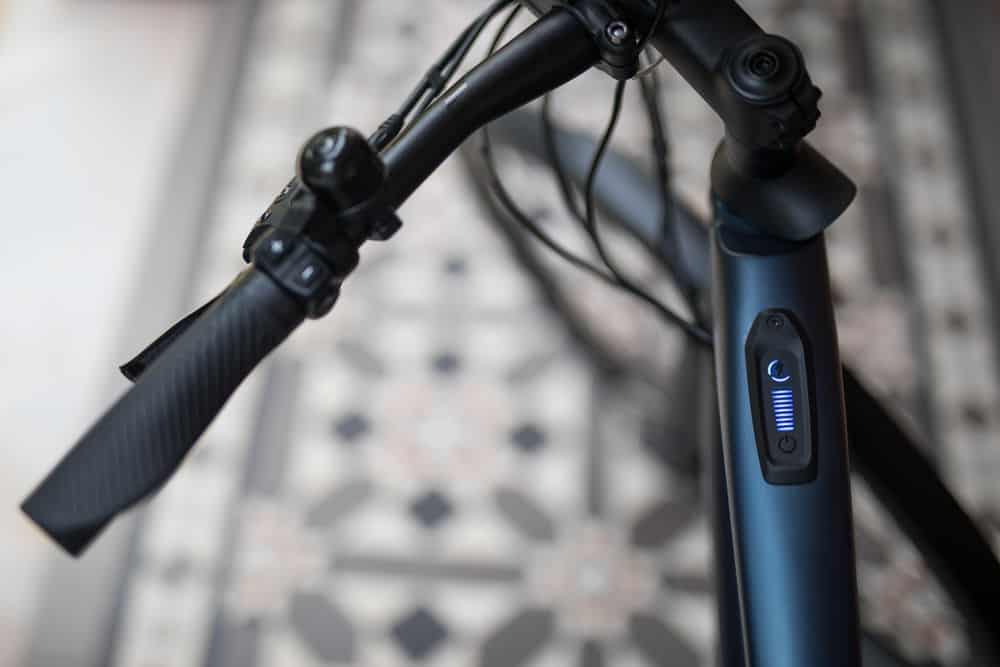













![Best Batteries for Electric Bikes in [year] 7 Best Batteries for Electric Bikes in 2026](https://www.gadgetreview.dev/wp-content/uploads/best-battery-for-electric-bike.jpeg)
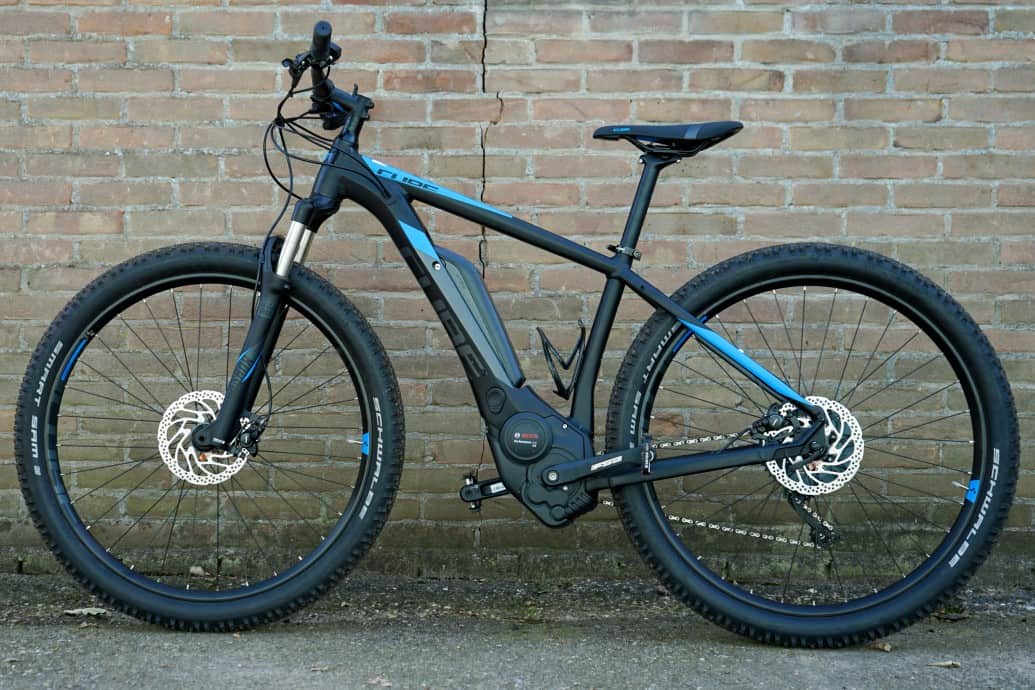
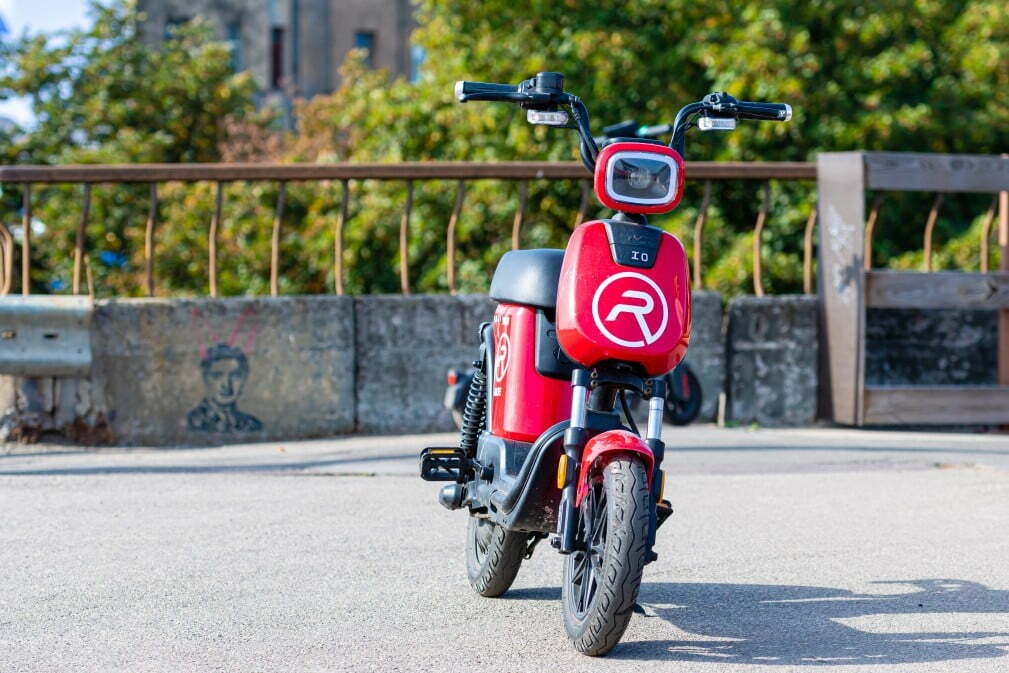
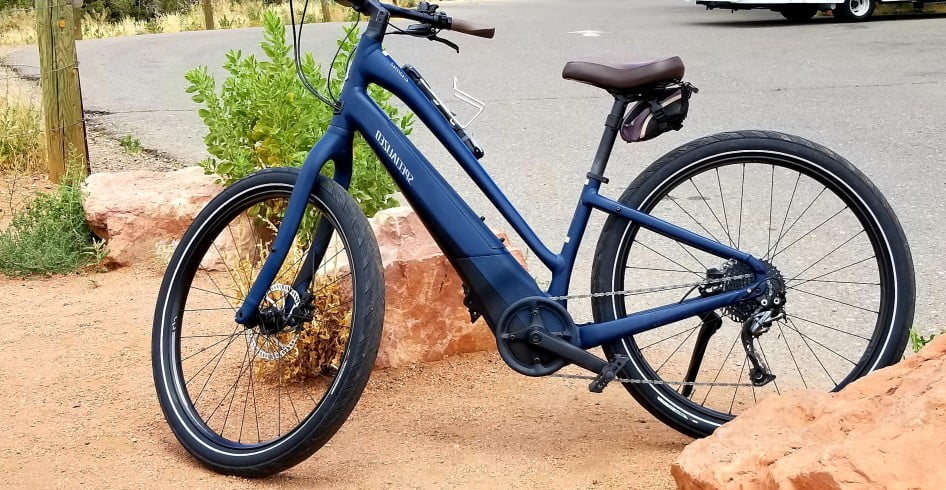
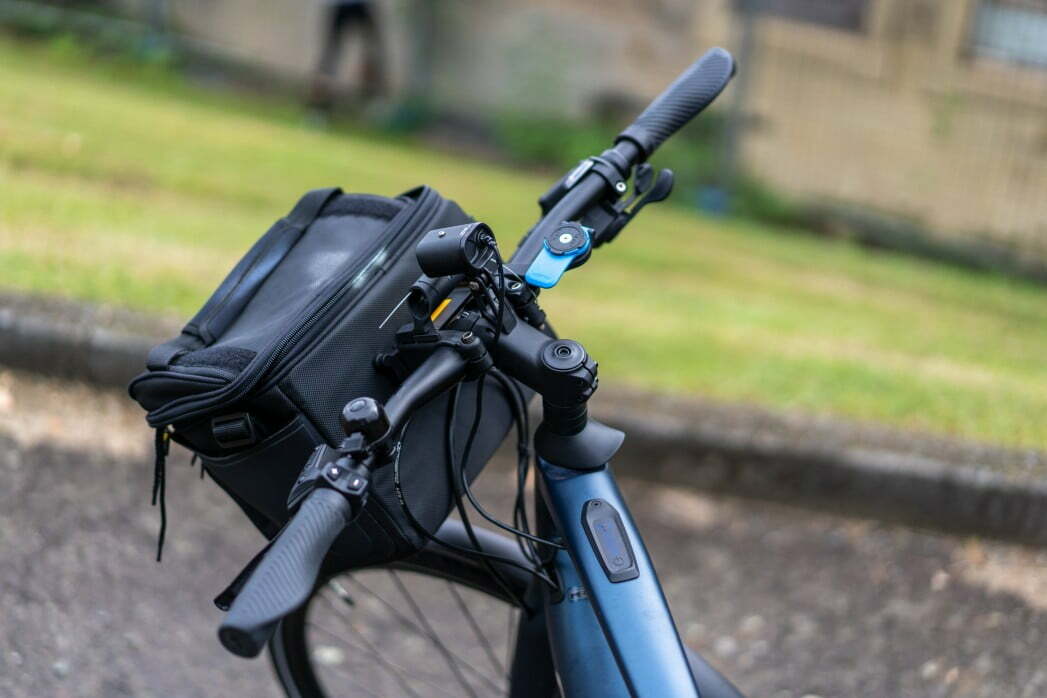
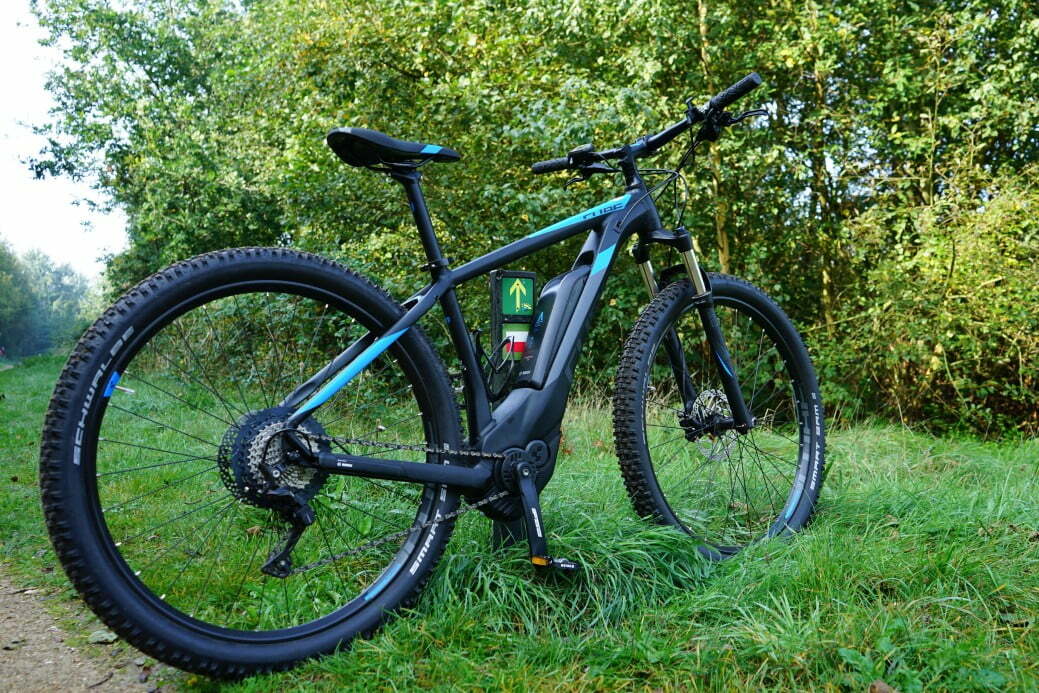
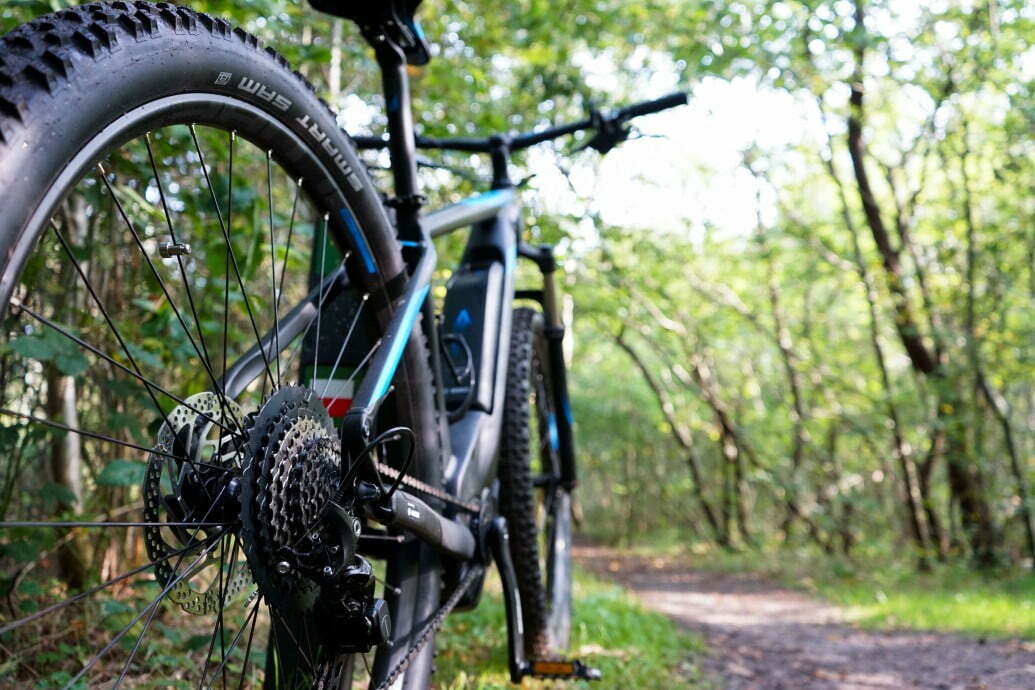
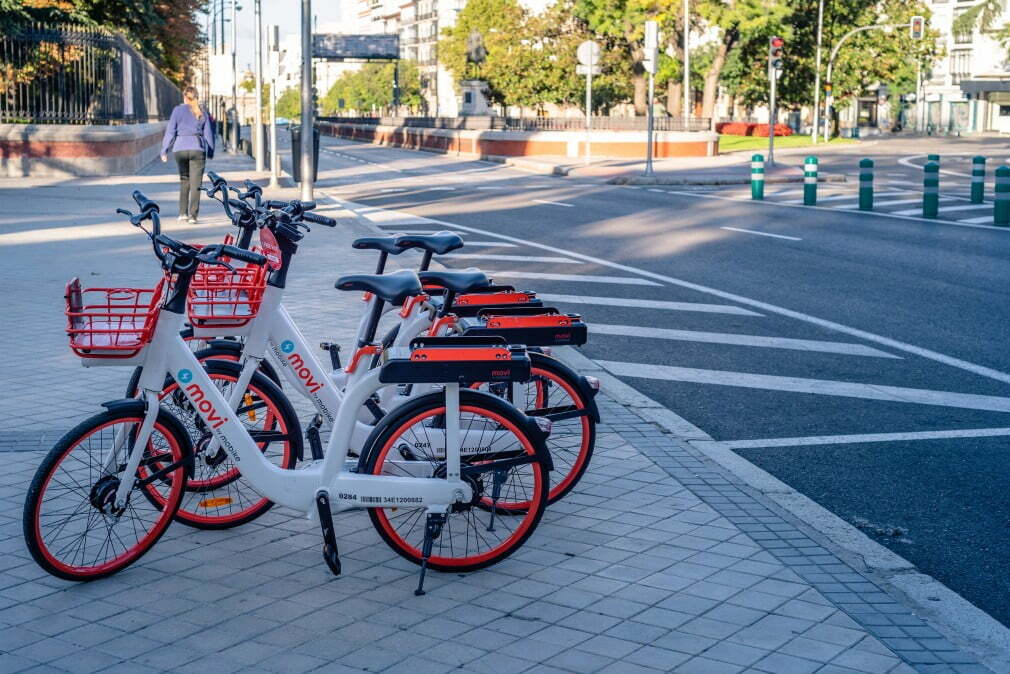
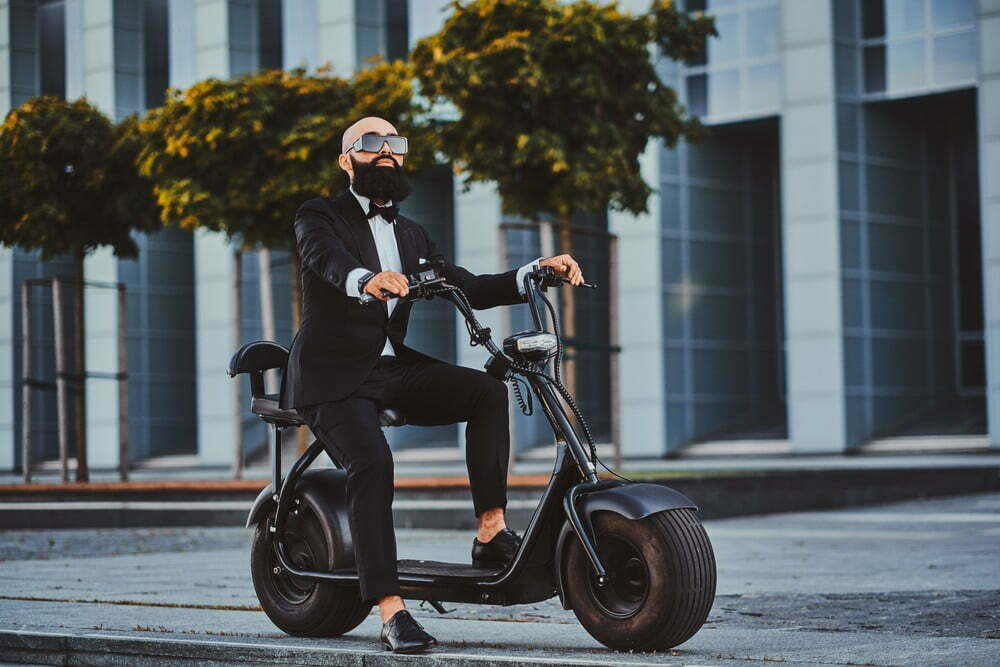
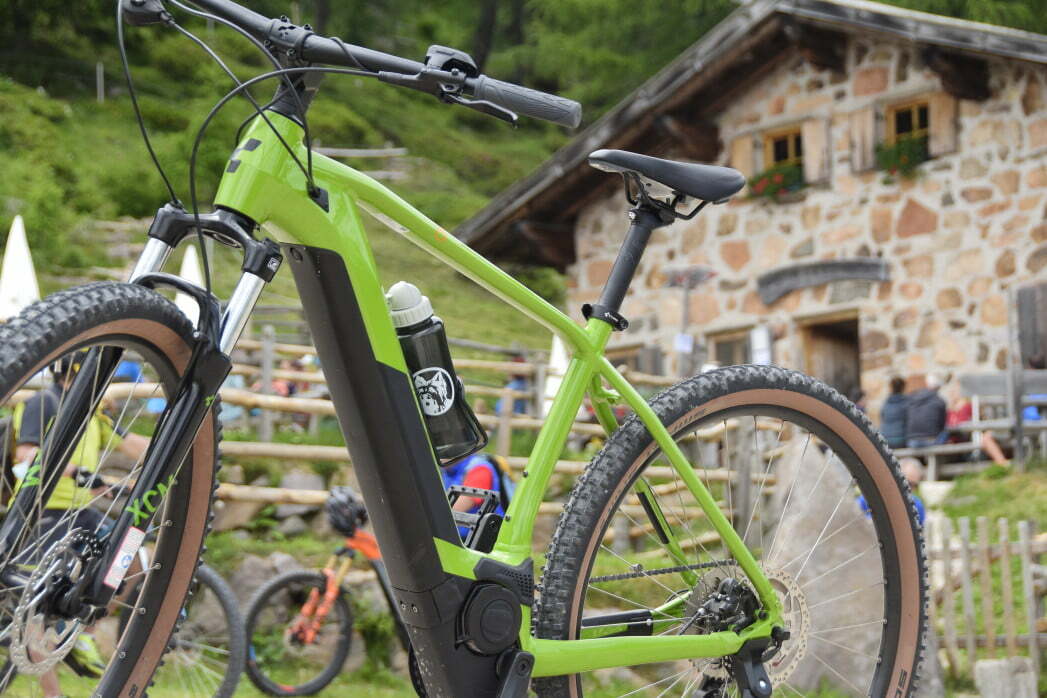
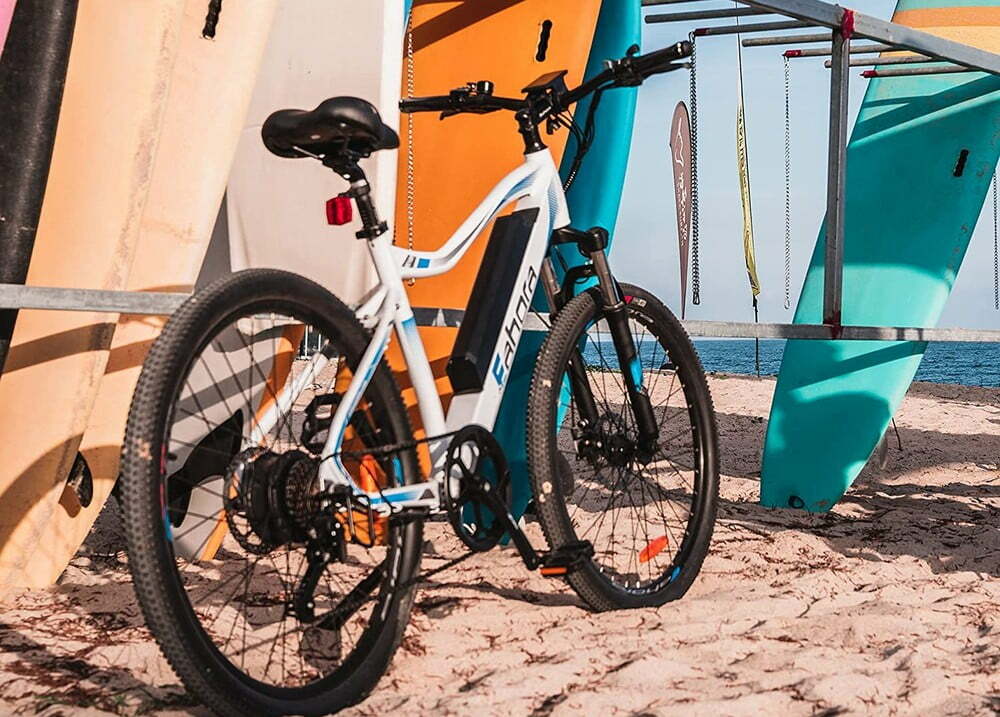
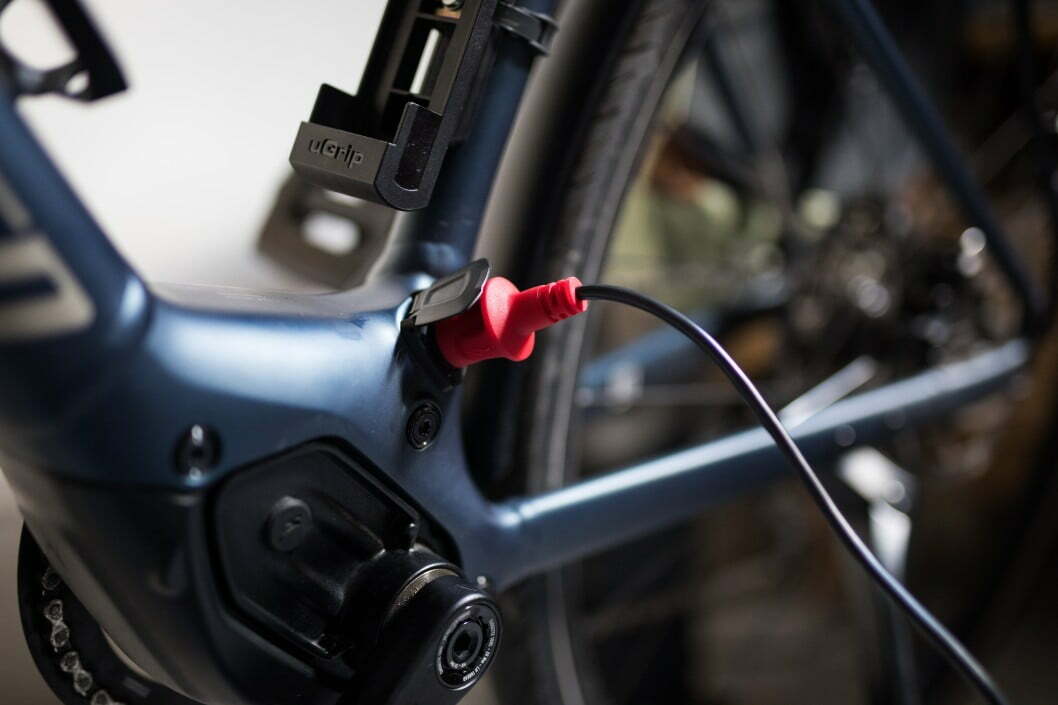
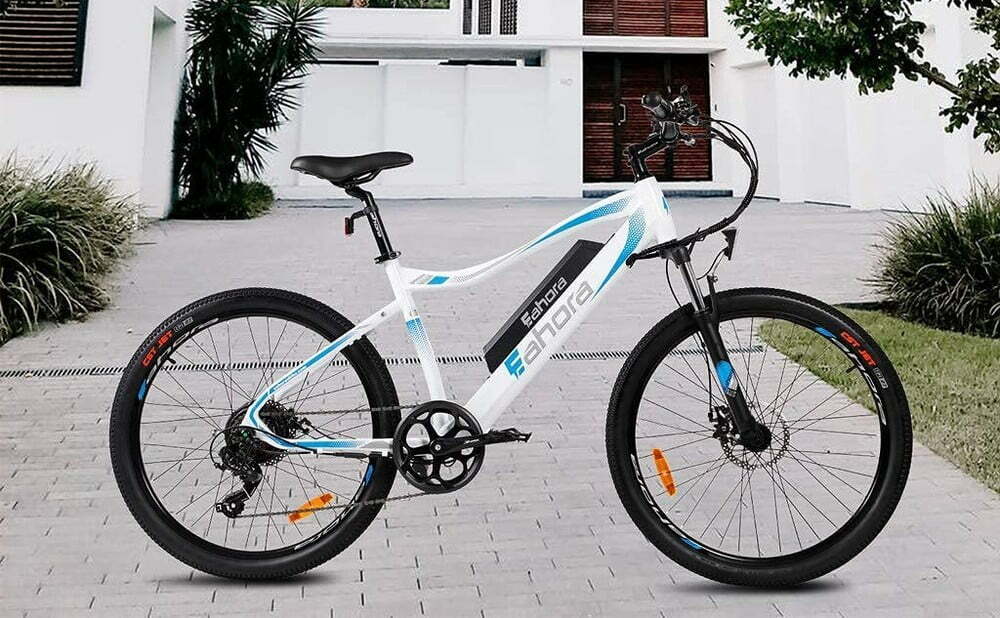
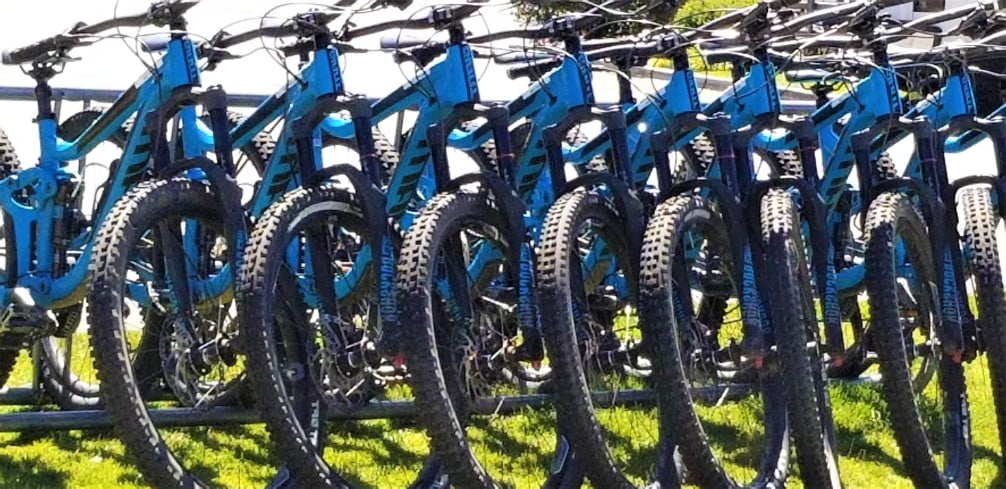

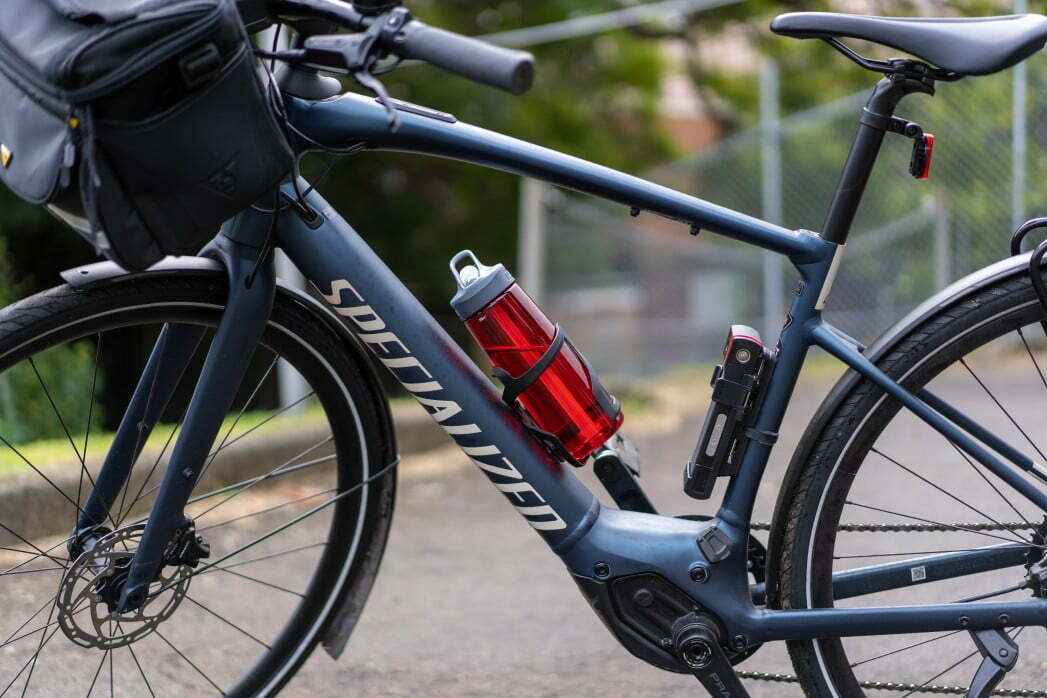
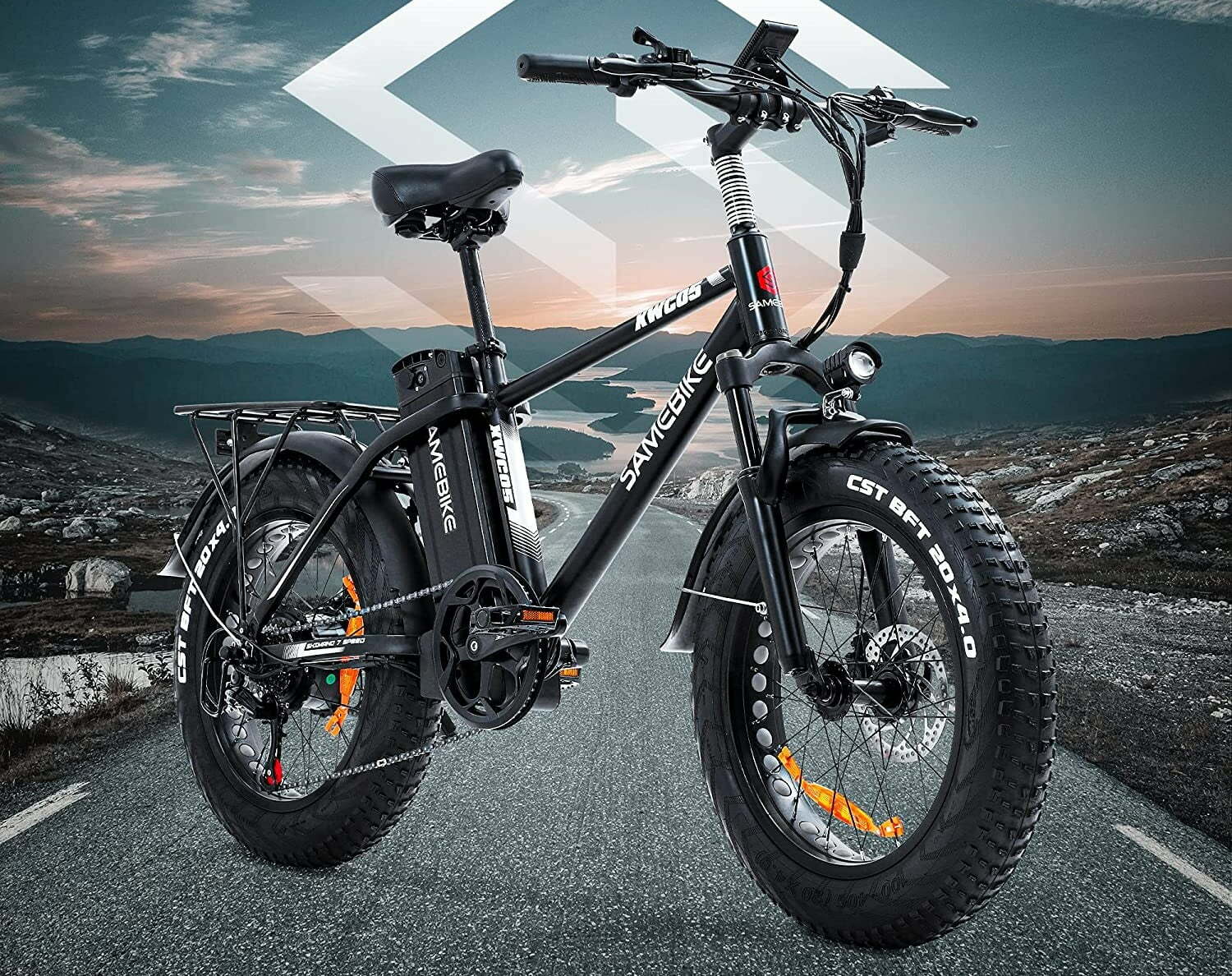
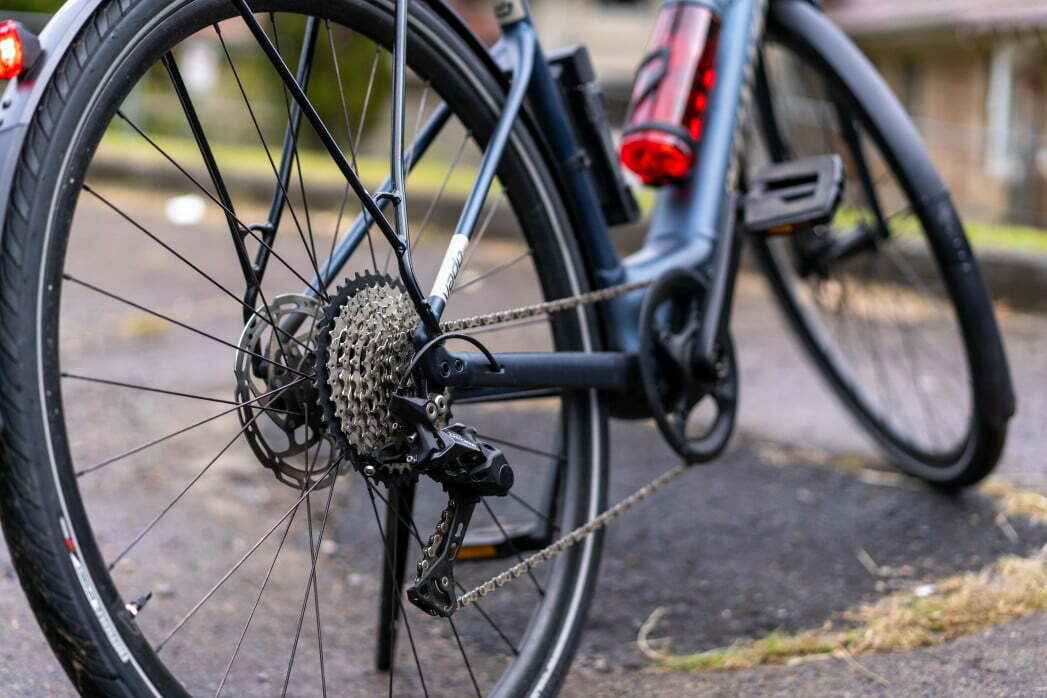
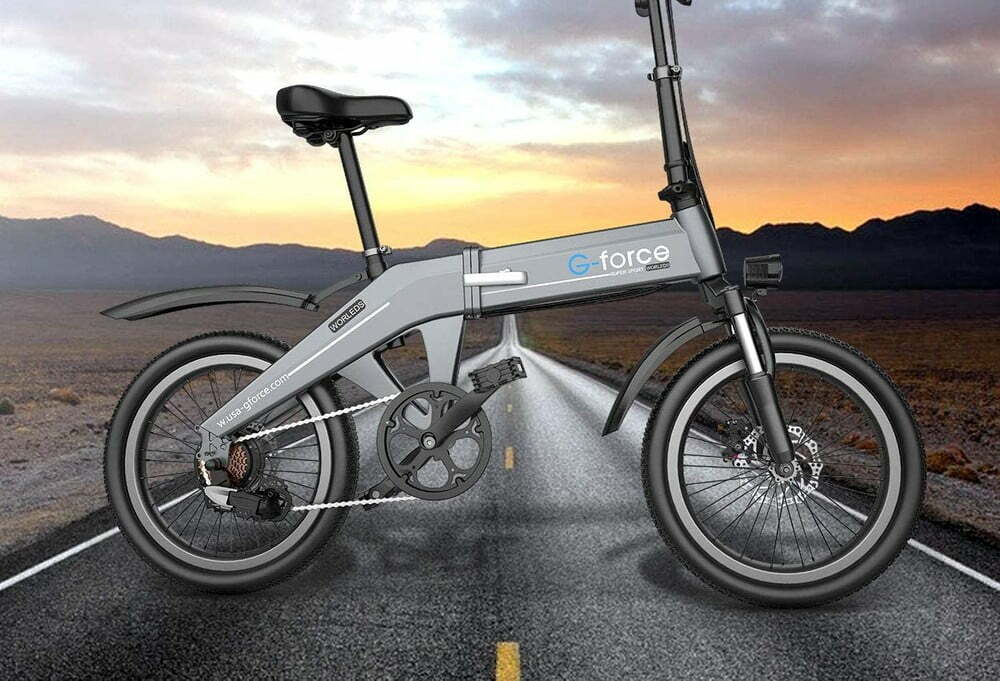
![Best Electric Bike in [year] ([month] Reviews) 27 Best Electric Bike in 2026 (January Reviews)](https://www.gadgetreview.dev/wp-content/uploads/elby-s9-750x422-1.png)
![Best Bikes in [year] ([month] Reviews) 28 Best Bikes in 2026 (January Reviews)](https://www.gadgetreview.dev/wp-content/uploads/cheapest-electric-bikes-1.jpg)
![Best Front Drive Electric Motor Bikes in [year] 29 Best Front Drive Electric Motor Bikes in 2026](https://www.gadgetreview.dev/wp-content/uploads/best-front-drive-electric-motor-bikes-image.jpg)
![Best Cannondale Electric Bikes in [year] 30 Best Cannondale Electric Bikes in 2026](https://www.gadgetreview.dev/wp-content/uploads/best-cannondale-electric-bikes-image.jpg)
![Best Luna Cycle Electric Bikes in [year] 31 Best Luna Cycle Electric Bikes in 2026](https://www.gadgetreview.dev/wp-content/uploads/Luna-Cycle-Apex-Electric-Bike.webp)
![Best Rad Power Electric Bikes in [year] 32 Best Rad Power Electric Bikes in 2026](https://www.gadgetreview.dev/wp-content/uploads/best-rad-power-electric-bikes-image.jpg)
![Best Rear Drive Motor Electric Bikes in [year] 33 Best Rear Drive Motor Electric Bikes in 2026](https://www.gadgetreview.dev/wp-content/uploads/best-rear-drive-motor-electric-bikes-image.jpg)
![Best Ebike Conversion Kits in [year] 34 Best Ebike Conversion Kits in 2026](https://www.gadgetreview.dev/wp-content/uploads/best-ebike-conversion-kit.jpg)
![Best Electric Bike Locks in [year] 35 Best Electric Bike Locks in 2026](https://www.gadgetreview.dev/wp-content/uploads/best-electric-bike-locks-image.jpg)
![Ebikes with Longest Range in [year] 36 Ebikes with Longest Range in 2026](https://www.gadgetreview.dev/wp-content/uploads/best-ebike-with-longest-range-image.jpg)
![Best Electric Bike Trailers in [year] 37 Best Electric Bike Trailers in 2026](https://www.gadgetreview.dev/wp-content/uploads/best-electric-bike-trailers-image.jpg)
![Best Bike Rack for Electric Bikes in [year] 38 Best Bike Rack for Electric Bikes in 2026](https://www.gadgetreview.dev/wp-content/uploads/best-bike-rack-for-electric-bikes-image.jpg)
![Best Electric Bike Helmets in [year] 39 Best Electric Bike Helmets in 2026](https://www.gadgetreview.dev/wp-content/uploads/best-electric-bike-helmets-image.jpg)
![Best Throttle Electric Bikes in [year] 40 Best Throttle Electric Bikes in 2026](https://www.gadgetreview.dev/wp-content/uploads/best-throttle-electric-bike-image.jpg)
![Lightest Electric Bikes in [year] 41 Lightest Electric Bikes in 2026](https://www.gadgetreview.dev/wp-content/uploads/lightest-electric-bike-image.jpg)
![Best Schwinn Electric Bikes in [year] 42 Best Schwinn Electric Bikes in 2026](https://www.gadgetreview.dev/wp-content/uploads/Electric-Bikes-image.jpg)
![Best All Terrain Electric Bikes in [year] 43 Best All Terrain Electric Bikes in 2026](https://www.gadgetreview.dev/wp-content/uploads/best-all-terrain-electric-bike-image.jpg)
![Best Cheapest Electric Bikes in [year] 44 Best Cheapest Electric Bikes in 2026](https://www.gadgetreview.dev/wp-content/uploads/cheapest-electric-bikes.jpg)
